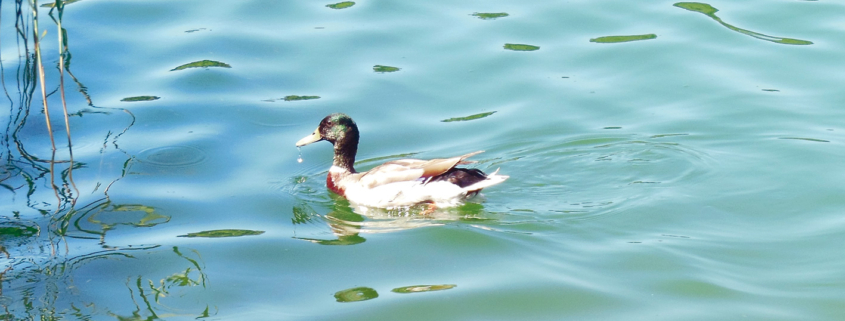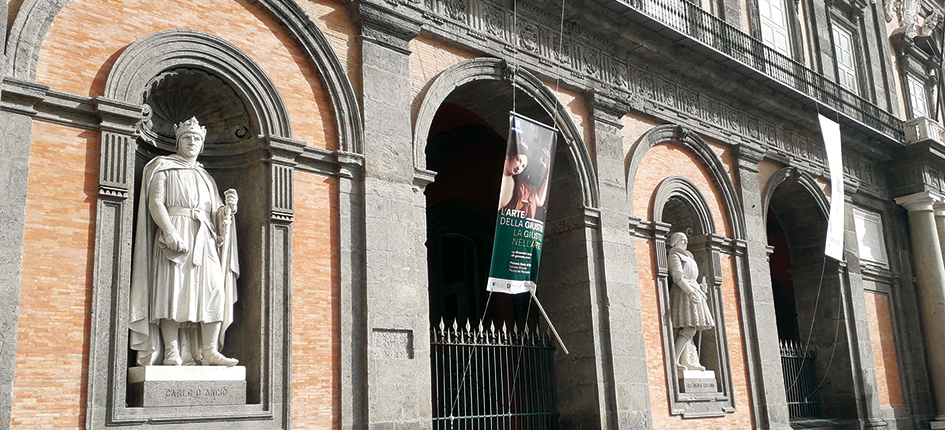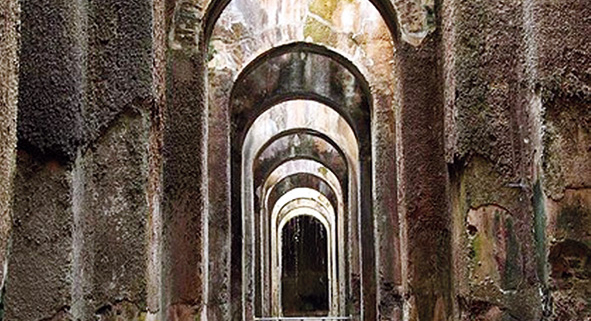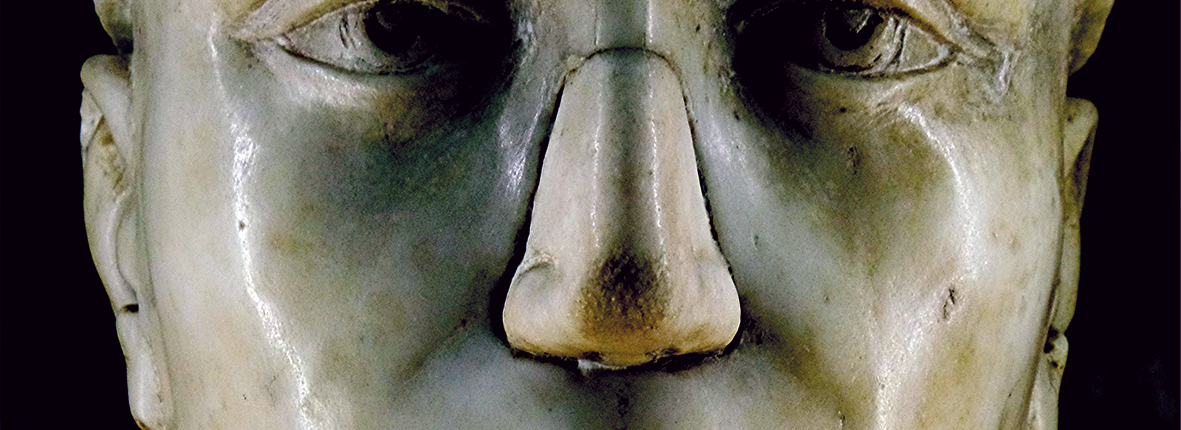THE PHLEGRAEAN LAKES
Campi Flegrei literally means “Burning Fields”, an ancient name given to the area that today includes the towns of Pozzuoli, Bacoli, Baia, Monte di Procida and Quarto, situated just a few kilometres distance from central Naples, Italy.
Throughout this fascinating territory the force of nature combines the beauty of its sea and lakes, to the mysterious charm of this volcanic land.
The Phlegraean zone is full of valuable and intricate evidence regarding past Greek and Roman traditions.
The lakes of “Miseno”, “Averno”, “Fusaro”, “Lucrino” and “Patria” still characterize today the Phlegraean-Domitian coastline parting from the West of Naples and reaching the “Volturno” river’s mouth.
The use of the Phlegraean lakes in Roman times as reservoirs was quite common, cultivating mussels and fish produce.
The exploitation of the precious environmental resources gave life to sumptuous banquets that were held regularly in luxurious and elegant villas present throughout the area.




 ALMOST HOME – THE ROSA PARKS HOUSE PROJECT – RYAN MENDOZA
ALMOST HOME – THE ROSA PARKS HOUSE PROJECT – RYAN MENDOZA









